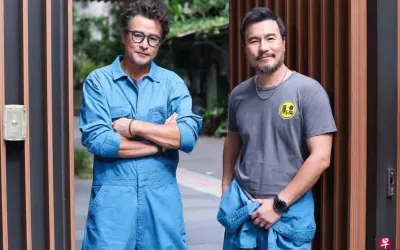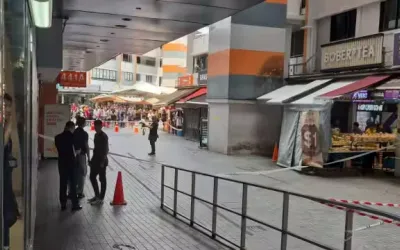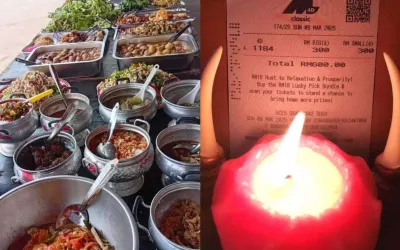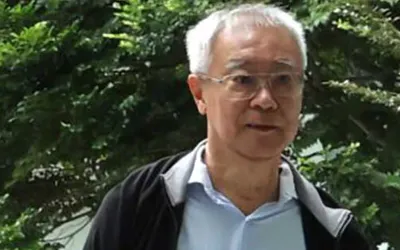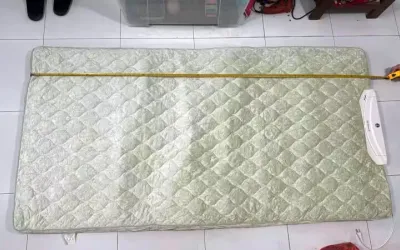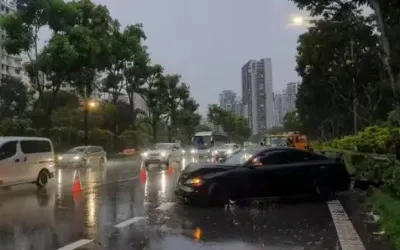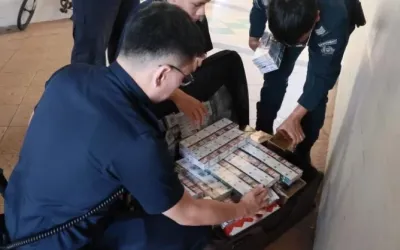2024年7月2日,新加坡永續發展與環境部長傅海燕在國會書面答覆荷蘭-武吉知馬集選區議員連榮華有關小販食品價格上漲的原因。
以下內容為新加坡眼根據國會英文資料翻譯整理:
連榮華(荷蘭-武吉知馬集選區議員)先生詢問永續發展與環境部長,鑒於新加坡統計局最近發現小販食品價格上漲:
(a) 該部是否已對價格上漲的原因進行深入研究?
(b) 可採取哪些供應方面的措施來緩和價格的進一步上漲,以保持小販食品價格在可承受範圍內?
傅海燕(永續發展與環境部長)女士:貿工部在 2024 年 7 月 2 日議事日程上對第 90 和 91 號問題的答覆中部分回答了該問題的 (a)部分。[請參閱「食品價格上漲是否與通貨膨脹保持一致的研究」,官方報告,2024 年 7 月 2 日,第 95 卷,第 137 期,對未在提問時間結束前回答口頭答覆的問題的書面答覆部分。] 根據國家環境局 (NEA) 進行的調查,小販中心攤主的主要成本驅動因素是原材料和人力,在 2022 年分別占其運營成本的平均 56% 和 20%。小販在確定食品價格時會考慮多種因素,包括配料成本、其他運營成本和市場競爭。
雖然國家環境局 (NEA) 不監管小販食品價格,但它為小販中心的小販提供了有利的經營環境。這樣,他們就能在合理定價和維持生計之間取得平衡。為此,國家環境局通過不為攤位投標設定底價租金和不允許轉租來調節小販攤位的租金。對社會企業小販中心 (SEHC),國家環境局會全面考慮招標建議,包括小販必須承擔的總成本,然後再授予投標。社會企業小販中心 (SEHC)運營商還承諾,作為投標承諾的一部分,其中心的所有攤位都將提供至少一種超值套餐。
此外,國家環境局還提供支持措施,例如「活躍小販文化」 計劃(Vibrant Hawker Culture Programme)和小販生產力資助金(Hawkers' Productivity Grant),以幫助小販攤主提高生產力。為了幫助降低配料成本,一些社會企業小販中心 (SEHC)運營商還利用其行業網絡提供批量採購服務。

以下是英文質詢內容:
Mr Liang Eng Hwa asked the Minister for Sustainability and the Environment in view of the recent findings by the Singapore Department of Statistics that hawker food prices have risen (a) whether the Ministry has done a deeper study on the causes of the increases; and (b) what supply side measures can be taken to moderate further price increases so as to keep hawker food affordable.
Ms Grace Fu Hai Yien: Part (a) of this question has been partially addressed by the Ministry of Trade and Industry’s reply to Question Nos 90 and 91 on the Order Paper for 2 July 2024. [Please refer to "Study on Whether Food Price Increases Are in Line with Inflation", Official Report, 2 July 2024, Vol 95, Issue 137, Written Answers to Questions for Oral Answer not Answered by End of Question Time section.] Based on surveys conducted by the National Environment Agency (NEA), the main cost drivers for stallholders in hawker centres were raw materials and manpower which accounted for an average of 56% and 20% of their operating costs respectively in 2022. Hawkers consider multiple factors when determining the prices of their food, including cost of ingredients, other operating costs and market competition.
While NEA does not regulate hawker food prices, NEA provides a conducive operating environment for hawkers at our hawker centres. This allows them to balance between pricing their food affordably and sustaining their livelihoods. To do this, NEA moderates the rent of hawker stalls by not setting reserve rents for stall tenders and disallowing subletting. For Socially-Conscious Enterprise Hawker Centres (SEHCs), NEA takes into consideration tender proposals holistically, including the total costs that hawkers will have to bear, before awarding the tender. SEHC operators have also committed that all stalls in their centres will provide at least one value meal option as part of their tender commitment.
In addition, NEA provides support measures, such as the Productive Hawker Centres programme and Hawkers』 Productivity Grant, to help hawker stallholders improve their productivity. To help moderate ingredient costs, some SEHC operators also tap on their industry networks to offer bulk purchasing services.
HQ丨編輯
HQ丨編審
新加坡國會丨來源


